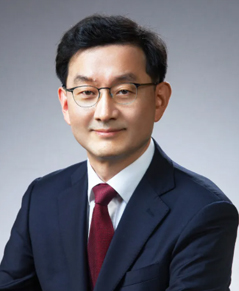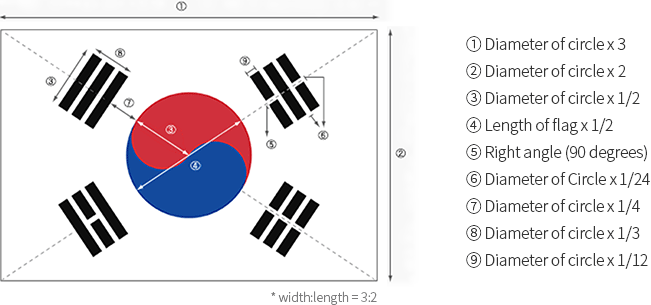Minister of the OPC
 Yoon Chang-ryeol
Yoon Chang-ryeol
| Part | Date | Contents |
|---|---|---|
| Education | 1985 |
Graduated from Daesung High School, Wonju |
|
1989 |
B.A in Diplomacy, Seoul National University |
|
|
1991 |
Completed Public Administration Course, Graduate School of Public Administration, Seoul National University |
|
|
2001 |
M.A in Public Administration, American University (USA) |
| Part | Date | Contents |
|---|---|---|
| Career | 1990 |
Passed the 34th Higher Civil Service Examination |
|
2002~2004 |
Political Affairs Secretary Office, Office of the Prime Minister / Executive Support Team, Presidential Transition Committee | |
|
2004 |
Director of Fund Management Division, Lottery Committee Secretariat, Office for Government Policy Coordination | |
|
2004~2006 |
Protocol & Political Affairs Secretary Office, Office of the Prime Minister | |
|
2006~2007 |
Civil Service Secretary 2, Office of the Prime Minister | |
|
2007~2008 |
Overseas Training (United Way, USA) | |
|
2008~2009 |
Deputy Director, USFK Base Relocation Support Group |
|
|
2009 |
Political Affairs Secretary, Office of the Prime Minister |
|
|
2009~2010 |
Seconded as Team Leader of Regulatory Reform, Presidential Committee on National Competitiveness |
|
|
2010~2012 |
Director of General Administrative Policy, Office of the Prime Minister |
|
|
2012~2013 |
Director of Education, Culture & Gender Equality Policy / Director of Policy Evaluation and Management, Office for Government Policy Coordination |
|
|
2013~2015 |
Counselor to Malaysia, Ministry of Foreign Affairs |
|
|
2015~2016 |
Director of Government Policy Task Management, Office for Government Policy Coordination |
|
|
2016~2017 |
Protocol Secretary, Office of the Prime Minister |
|
|
2017~2020 |
Director of Social Coordination Office, Office for Government Policy Coordination |
|
|
2020 |
Director of Government Management Office, Office for Government Policy Coordination |
|
|
2020~2021 |
Senior Presidential Secretary for Social Affairs |
|
|
2021 |
Second Vice Minister of Government Policy Coordination |
|
|
2021~2022 |
First Vice Minister of Government Policy Coordination |
|
|
2022~2023 |
Visiting Professor, Seoul National University |
|
|
2023~2025 |
General Manager of Global Strategy Center, LG Corporation / Director of Global Strategy Development Institute |
|
|
2025.6.23. ~ Present |
Minister of the Office for Government Policy Coordination |




